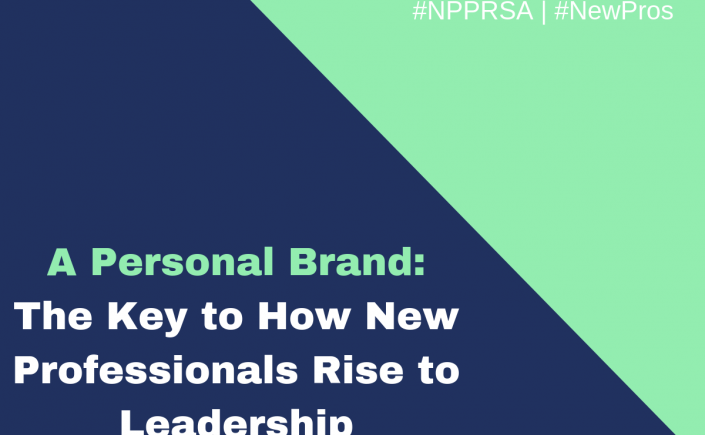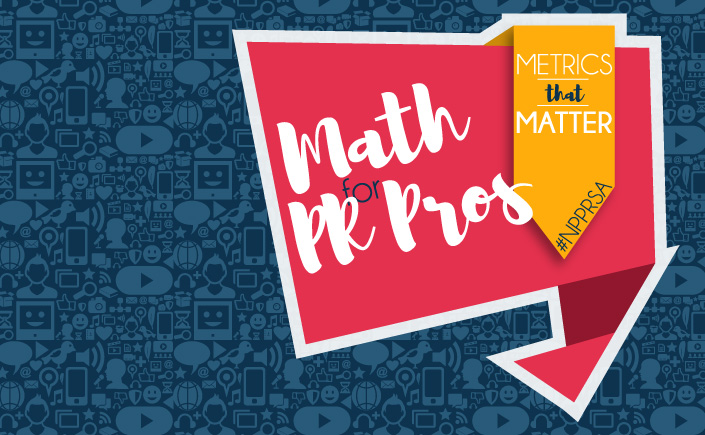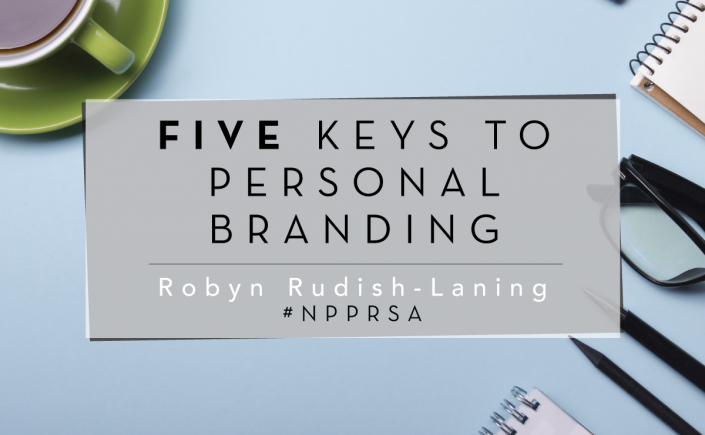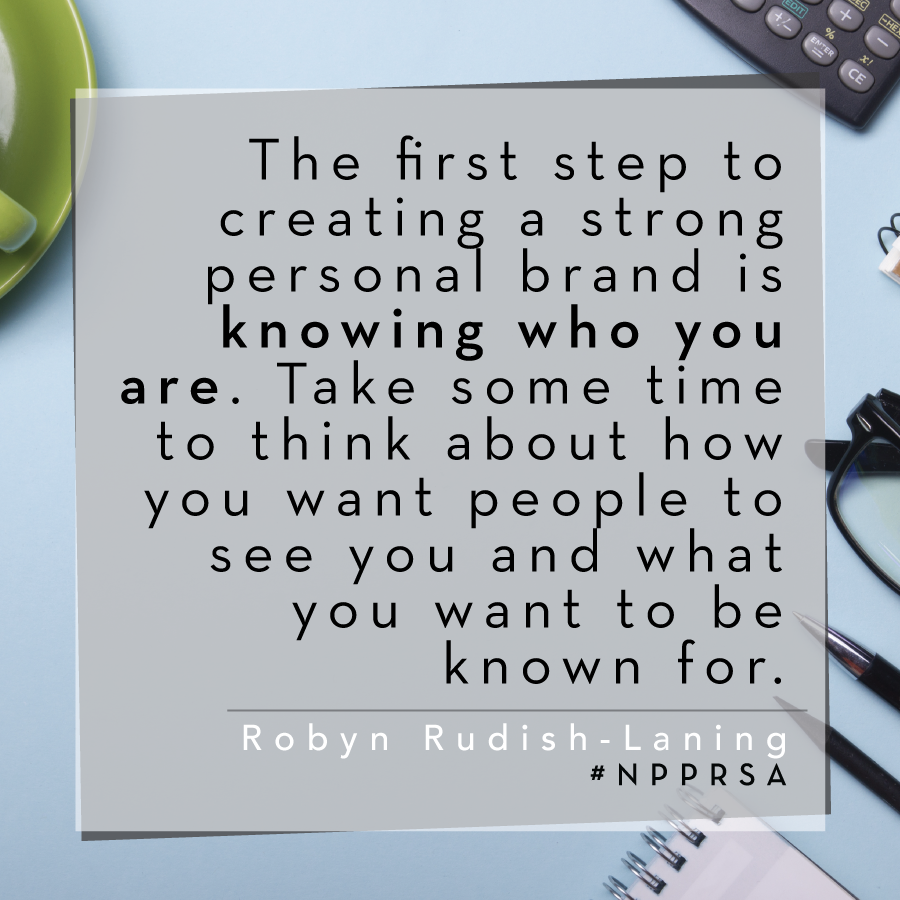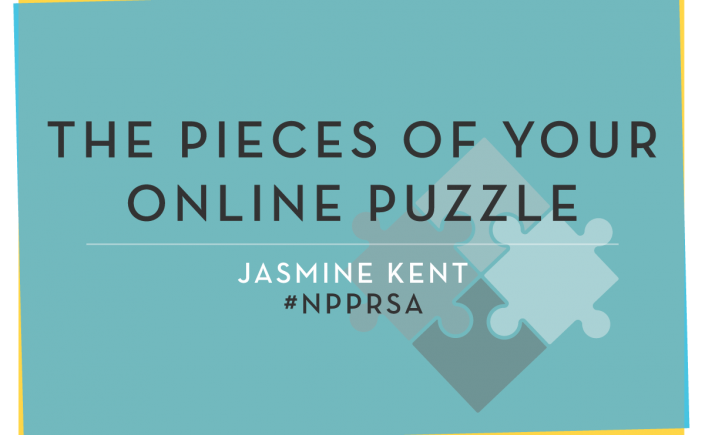Raise your hand if you took up a career in PR because you believed math was irrelevant to public relations?
Oh good – we’re all in the same boat.
Initially, I thought a career in public relations would mean I’d spend my time writing, planning events, connecting with audiences and stakeholders and sharing information far and wide. How silly of me to think that numbers wouldn’t play a part in any of that work!
Of course numbers and a bit of math are important to PR. How would you know what efforts were working, where to focus your time and attention when there’s a limited amount of it and where your budget is best spent without consulting the numbers?
If flying by the seat of your pants is your preferred method of answering those questions, think about how you’d answer them if your boss – or the CEO of your organization – asked them. Would anecdotes and generic statements be enough of an answer? Or would data be a better representation of the work that you do?
That’s really what it comes down to – what’s the best way to show that the work you’re doing each day has value for your organization? Numbers and data. Since the world of analytics is a vast and, frankly, frightening one, here are a few key metrics to get you started off on the right foot.
Email Engagement Metrics
Just about every communications program has an email component to it. Whether it’s to sell, to inform, to connect or a mixture of all three, email is one of the best ways to quickly and inexpensively connect with your audience. For that reason, looking at your email’s engagement metrics is important.
So what do you want to look at? There are a few things that are pretty easy to look at right off the bat. If you’re looking at your entire list (which should be broken down into segments, too!), you should be looking at the average cumulative open rate and who are your most engaged subscribers. Are people sharing your emails? Are other people signing up because of that? Who’s interested in what you’re saying? Are your email pitches getting being opened, engaged with and responded to? These are things you’ll want to know.
Once you have a good handle on these things, take a look at your individual email campaigns. What subject lines, formats and topics are performing well? Are your messages reaching the right people in your list? Is there a particular time of day that gets better engagement? Evaluate all of these things and, if you haven’t already, give segmentation and A/B testing a spin. Break down your subscriber list into segments based on demographics, engagement, location, interests – whatever information you feel is important to group your audience by – and begin testing different campaign elements. Test different subject lines, content, delivery times and more to find the ideal combinations for your messages. Be careful to only change one variable at a time and to keep track of what you test and how it performs each time.
Mentions
I’d bet the first thing that came to most minds were Twitter mentions. Social media mentions are a great thing to keep an eye on, but they’re not the only mentions you should be aware of. Which media outlets are talking about you? Who in the public is talking about you? Is it positive or negative? Who’s talking about your competition and your industry? Setting a handful of searches and alerts is the best way to keep your finger of the pulse of what’s being discussed.
Free options include setting up Google Alerts for your organization, key public-facing individuals in the organization, your competitors, your products, your industry, etc., running regular Twitter and Facebook searches using advanced options to fine-tune your searches. Paid services like Cision and Meltwater can aggregate and automate these searches for you into a central place, while identifying trends and streamlining your media outreach as well.
Website acquisition
Your website is the hub that connects your organization or brand with the rest of the world, right? It would make sense that you’d want to know how people find you and end up at your website. Using Google Analytics, you can set up detailed reports or use Google’s templates to analyze user acquisition and activity. These reports can show you where people come to your site from, what pages they’re interested in, how long they visit and more.
You can further drill this information down using Google’s URL Campaign Builder to build unique, descriptive links with campaign and origin information to help you keep track of where people are coming from. You can track these in Google Analytics, along with goals and flow to see if users are completing the actions you’d like them to and what information they’re interested in.
Audience growth
Knowing what your audience is doing is important, but it’s also important to make sure that your base is growing in a healthy way. Tracking your subscriber growth, your social media audience growth and your website user growth is a good way to make sure that your brand and the content you’re sharing is still relevant and engaging. Check out how your subscribers subscribe to your email list. Take a look at your new social media followers and see what, if anything, they have in common. Same with your site viewers. If you can identify similar trends and commonalities, you may start to see other ways to engage your audience and new content marketing and PR avenues you can pursue to keep your organization growing.
Want to know more about PR metrics and measurement, including ways to use them to grow your own career? Join us on Wednesday, June 21 at 8 p.m. for a Twitter chat with Shonali Burke, independent PR pro and host of the monthly #measurePR chat, to learn more!
 Robyn serves as PRSA’s New Professionals Section’s programming co-chair and is a communications and PR pro currently living and working in Columbia, S.C. In addition to volunteering with PRSA’s New Professionals Section, she also serves as the 2017 VP of Communications for the South Carolina PRSA Chapter and brought together the chapter’s first New Professionals group in 2016. She’s a native of southern New Jersey and currently resides in Columbia, S.C., by way of Pittsburgh, and currently works as the communications coordinator a statewide non-profit organization. In her spare time, Robyn likes to cook, read, spend time with her tail-less cat Izzy and write for her own blog – and almost always with a cup of tea in hand. Find her on Twitter & talk to her!
Robyn serves as PRSA’s New Professionals Section’s programming co-chair and is a communications and PR pro currently living and working in Columbia, S.C. In addition to volunteering with PRSA’s New Professionals Section, she also serves as the 2017 VP of Communications for the South Carolina PRSA Chapter and brought together the chapter’s first New Professionals group in 2016. She’s a native of southern New Jersey and currently resides in Columbia, S.C., by way of Pittsburgh, and currently works as the communications coordinator a statewide non-profit organization. In her spare time, Robyn likes to cook, read, spend time with her tail-less cat Izzy and write for her own blog – and almost always with a cup of tea in hand. Find her on Twitter & talk to her!
 Jordan Appel is a member of PRSA and the PRSA New Professionals Section. He is an Associate at CommunicationsMatch, a New York-based start-up search engine. He is also a graduate of Rowan University. Feel free to connect with him on LinkedIn.
Jordan Appel is a member of PRSA and the PRSA New Professionals Section. He is an Associate at CommunicationsMatch, a New York-based start-up search engine. He is also a graduate of Rowan University. Feel free to connect with him on LinkedIn.
